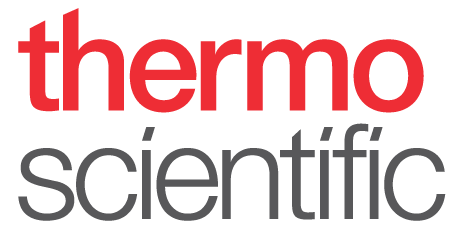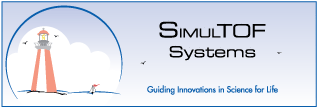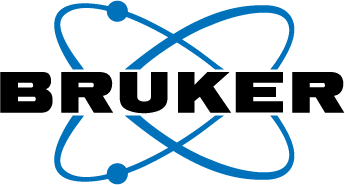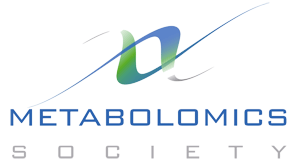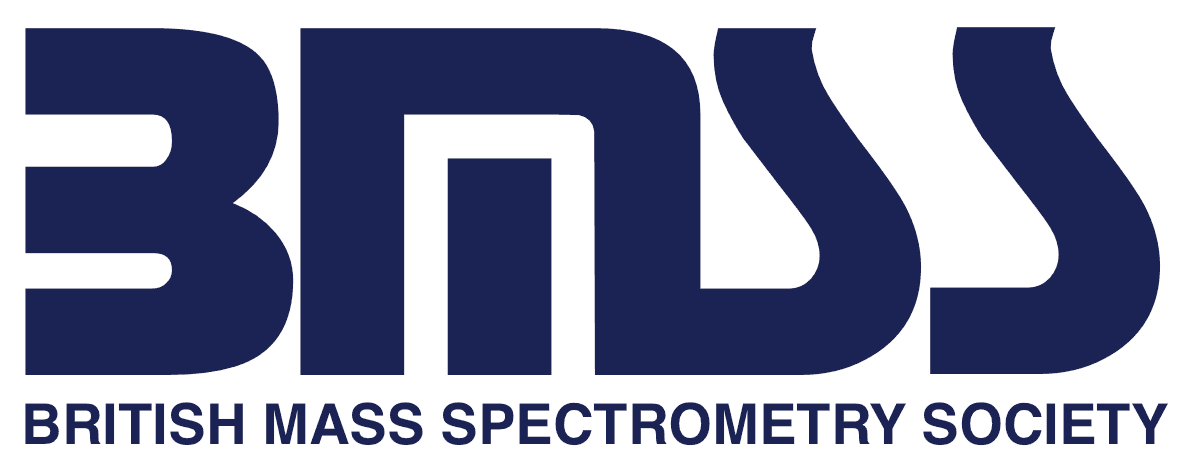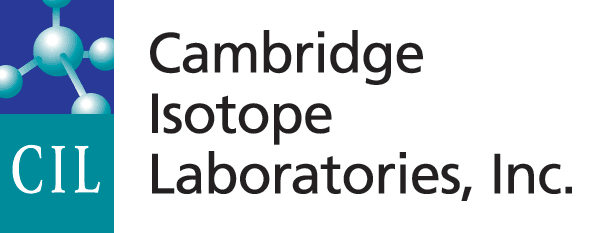MSACL 2016 USPalm Springs: Feb 21-25 |
Details
MSACL US
|
Plenary Lecture Series
 | >> Tuesday 9:30 AM @ California Ballroom Distinguished Contribution Award Lecture What We Can Learn from a Drop of Urine – Metabolomics at It’s Earliest: Discoveries of Bile Acid Synthesis Disorders, a New Category of Fatal Metabolic Liver Disease and Development of a Treatment Kenneth Setchell Cincinnati Children’s Hospital Medical Center This presentation will highlight how mass spectrometry was successfully applied to define new genetic defects in the cholesterol-bile acid biosynthetic pathway as a specific class of metabolic liver disease. Bile acid synthesis disorders due to single enzyme defects generally present in infancy or early childhood with a progressive cholestatic hepatitis that, unchecked, lead to cirrhosis, liver failure, and death. Prior to the seminal work of Setchell and colleagues in identifying 6 genetic diseases as discrete entities, and conceiving of an effective therapy, children with these autosomal recessive diseases either underwent liver transplantation, or more commonly, were given supportive care until they died of liver failure of unknown origin. To be described are the combined use an untargeted and targeted approach with FAB-MS, GC-MS and ESI-LC-MS/MS that led to the elucidation of the biochemical basis of these diseases, the development of an international screening program, and the evaluation of the therapeutic responses that served to ultimately gain regulatory approval from the FDA for a life-saving therapy based on oral administration of cholic acid. This application of mass spectrometry to clinical chemistry has been a game-changer that has led to a radical change in the evaluation and treatment of patients with idiopathic progressive familial intrahepatic cholestasis syndromes.1 |
 | >> Wednesday 9:15 AM @ California Ballroom Diagnosis - The Beauty and the Beast Mark Graber Society to Improve Diagnosis in Medicine Diagnosis is perhaps the most complicated cognitive task humans face. Despite the many challenges involved, the correct diagnosis is established in the great majority of cases, thanks in very large part to advances in medical testing, such as mass spectrometry. At the same time, diagnostic errors are too common and cause enormous harm. The origins of diagnostic errors will be explored, providing insights that can improve not only diagnosis, but the decisions we make in our everyday lives and research enterprises. |
 | >> Wednesday 10:00 AM @ California Ballroom Immunotherapy of Cancer and the Role of Mass Spectromety; an Overview Donald Hunt University of Virgina This lecture will describe how the immune system works to keep us free of cancer most of the time and how cancer cells can eventually learn to escape the immune system. Also described will be a number of scientific breakthroughs that have occurred in the last 6 years that clearly suggest that the immune system can be re-educated and upregulated to cure even late stage cancer. Science magazine labeled cancer immunotherapy as the breakthrough event of the year in 2013 and tremendous progress has been made since then. James Allison won the 2015 Lasker Award in medicine for his work to reactivate the immune system to fight cancer. You know this is a hot area for mass spectrometry when the research groups of Aebersold, Heck, Mann and Carr all decide to establish and work on the Human Immuno-Peptidome Project (HIPP) at the HUPO 2015 meeting in Vancouver. This lecture will try to capture some of this excitement and also pinpoint some of the contributions that the Hunt group has made to the field over the past 23 yrs. |
 | >> Thursday 9:15 AM @ California Ballroom Mass Spectrometry in Clinical Science R Graham Cooks Purdue University This presentation attempts to elucidate the forces converging to create a major increase in the applications (and applicability) of mass spectrometry in the clinic. The forces include: i) ambient ionization methods for direct examination of biological samples, including tissue and whole biofluids, ii) miniature mass spectrometers capable of unit resolution and MS/MS, iii) ion transfer over long distances to the Mini MS iv) quantitation out of complex mixtures by multiple reaction monitoring (MRM), and v) multivariate data analysis for confident assignment of complex spectral patterns to particular biological and disease states. Example applications include surgical margins, drug and microorganism (e.g. strep) detection. |


